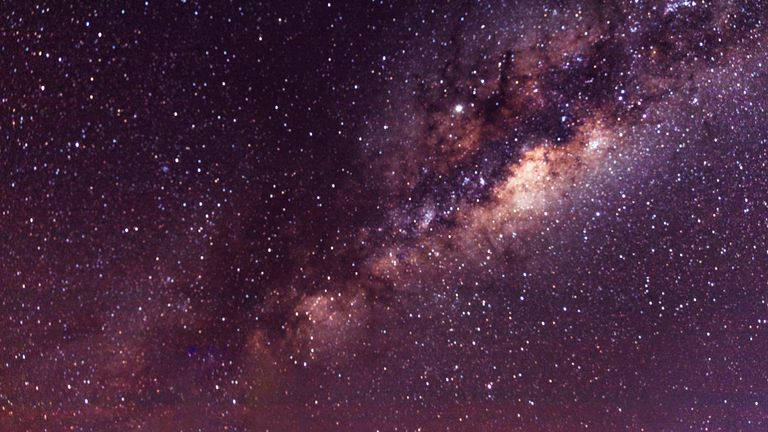WASHINGTON (AP) — Earth’s moon will soon have some company — a “mini moon.”
The mini moon is actually an asteroid about the size of a school bus at 33 feet (10 meters). When it whizzes by Earth on Sunday, it will be temporarily trapped by our planet’s gravity and orbit the globe — but only for about two months.
The space rock — 2024 PT5 — was first spotted in August by astronomers at Complutense University of Madrid using a powerful telescope located in Sutherland, South Africa.
These short-lived mini moons are likely more common than we realize, said Richard Binzel, an astronomer at Massachusetts Institute of Technology. The last known one was detected in 2020.
“This happens with some frequency, but we rarely see them because they’re very small and very hard to detect,” he said. “Only recently has our survey capability reached the point of spotting them routinely.”
This one won’t be visible to the naked eye or through amateur telescopes, he said.
The discovery by Carlos de la Fuente Marcos and Raúl de la Fuente Marcos was published by the American Astronomical Society.
Binzel, who was not involved in the research, said it’s not clear whether the space rock originated as an asteroid or as “a chunk of the moon that got blasted out.”
The mini moon will circle the globe for almost 57 days but won’t complete a full orbit. On Nov. 25, it will part ways with the Earth and continue its solo trajectory through the cosmos. It’s expected to pass by again in 2055.
___
The Associated Press Health and Science Department receives support from the Howard Hughes Medical Institute’s Science and Educational Media Group. The AP is solely responsible for all content.
Disclaimer: The copyright of this article belongs to the original author. Reposting this article is solely for the purpose of information dissemination and does not constitute any investment advice. If there is any infringement, please contact us immediately. We will make corrections or deletions as necessary. Thank you.



